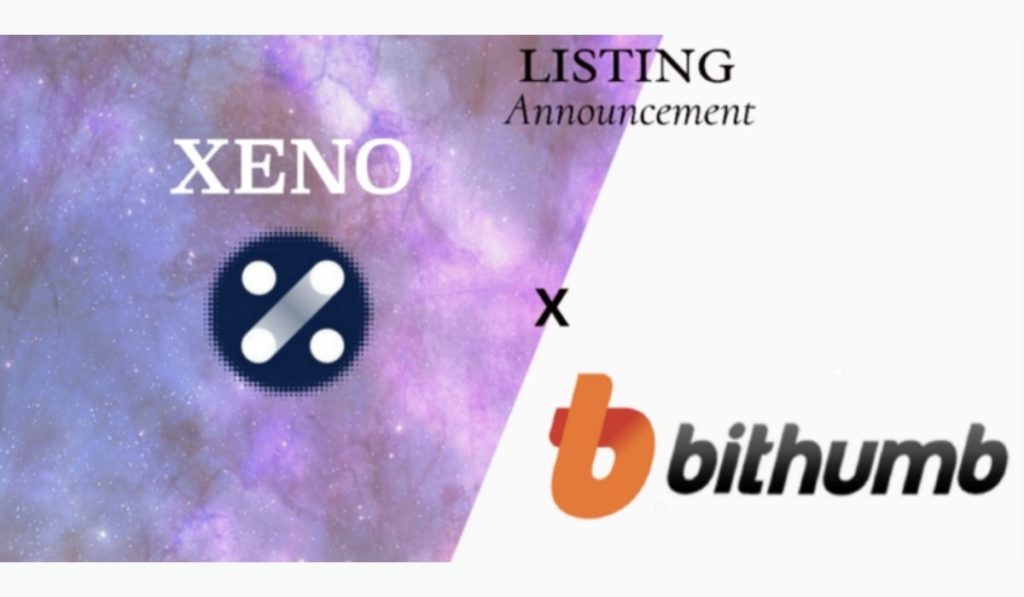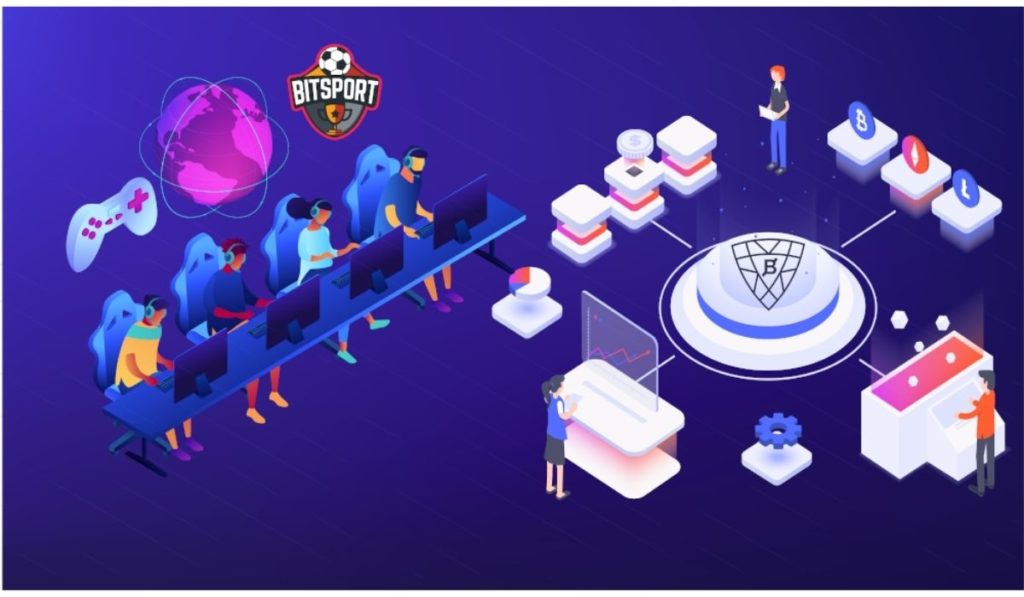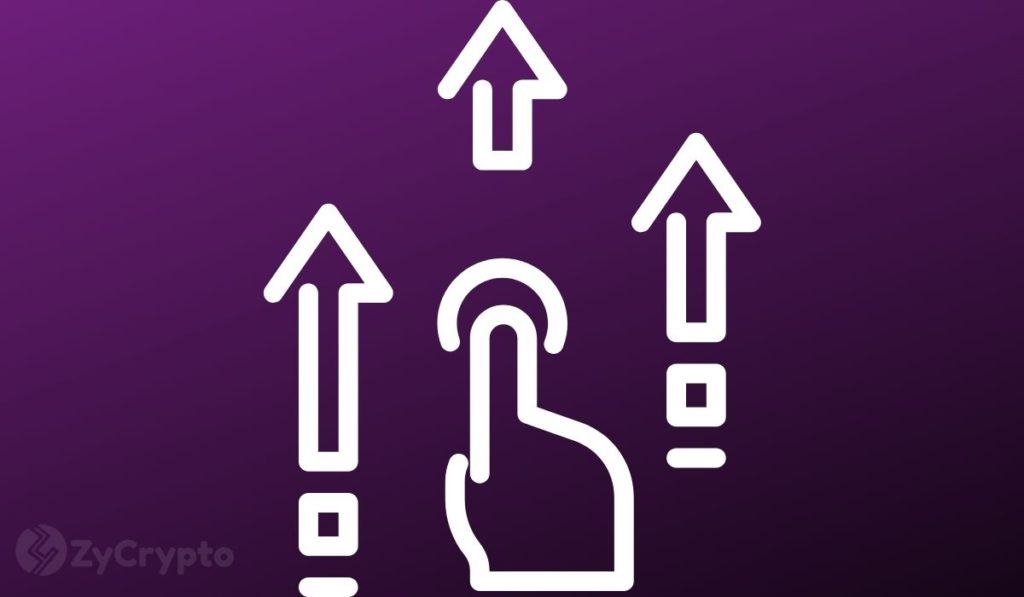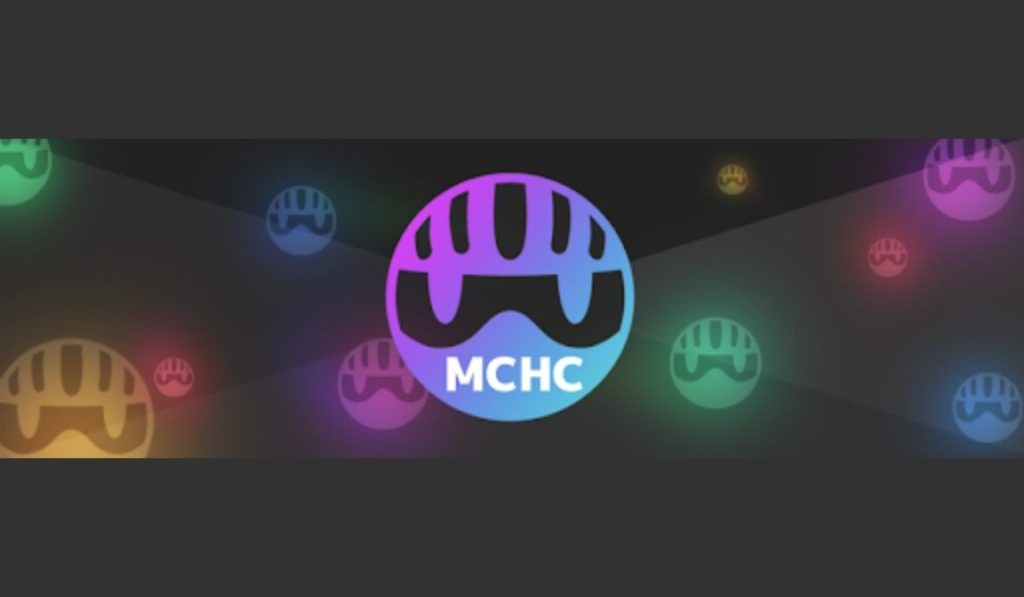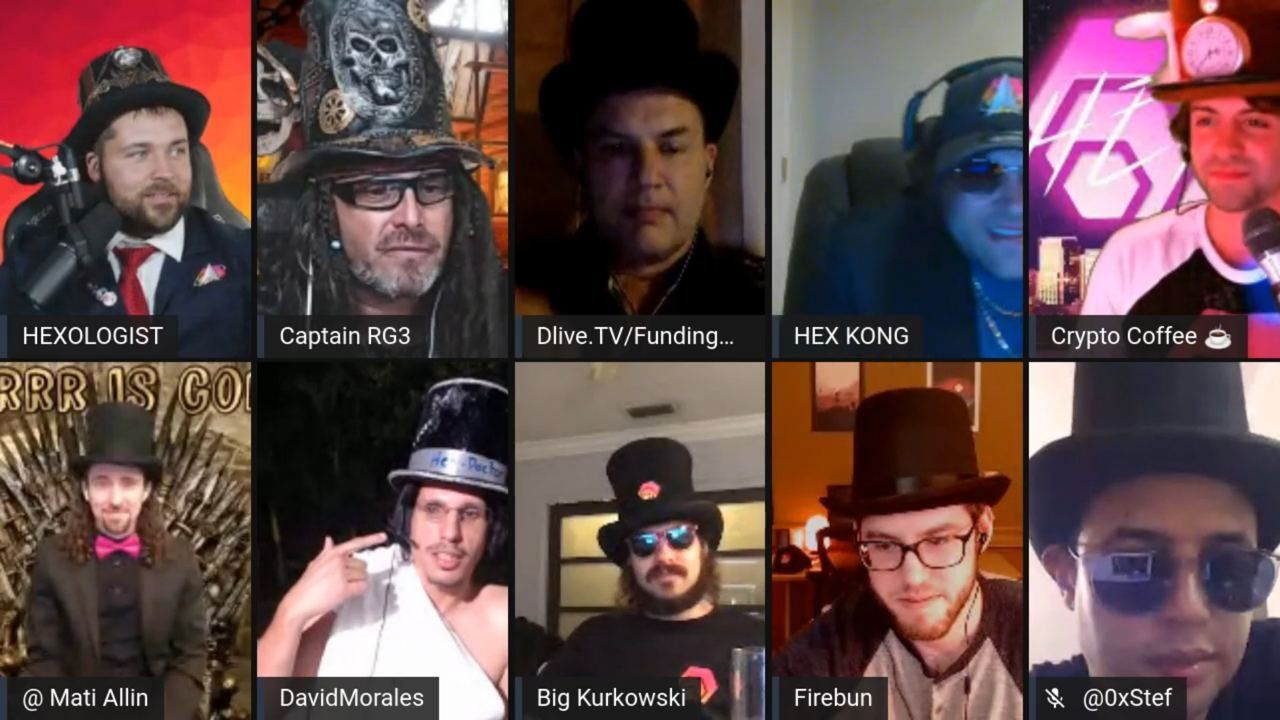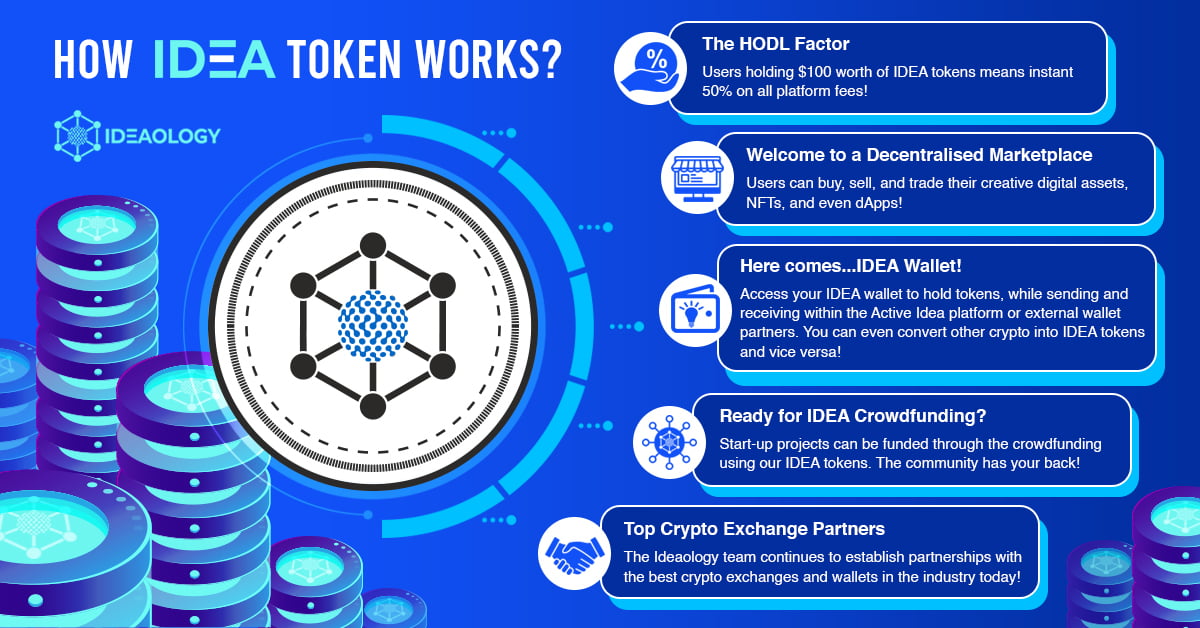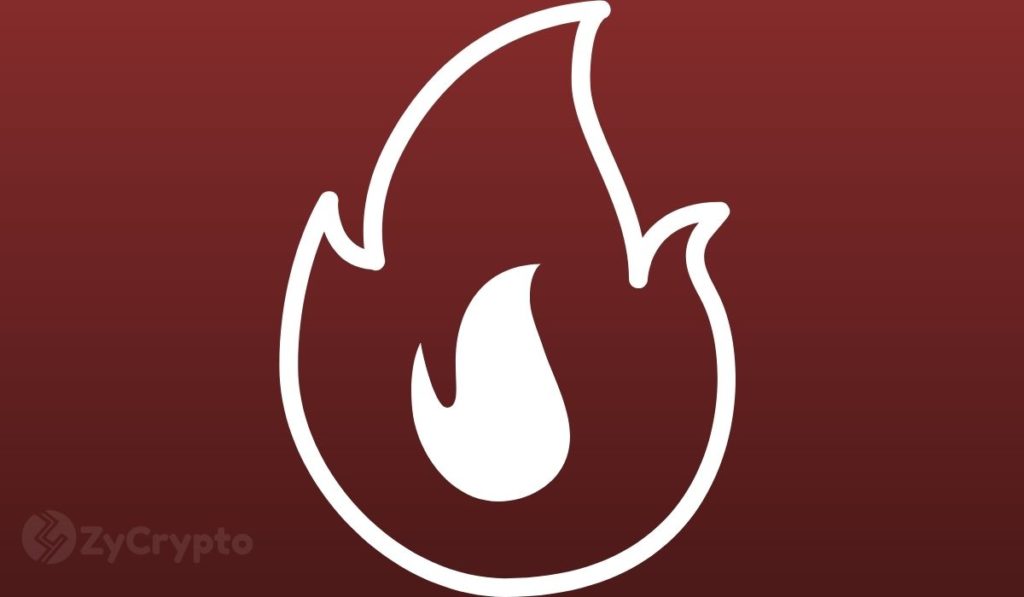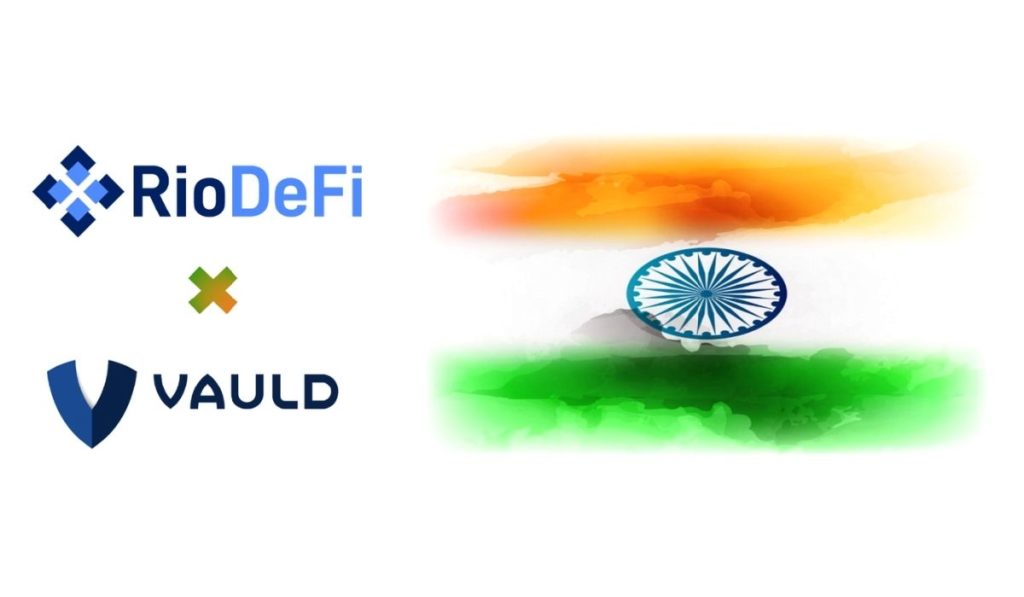2021-2-10 21:55 |
After much anticipation, the private presale for the DGT token is now live. The token sale represents an opportunity for the public to get access to the highly scalable and frictionless Datagrid blockchain- a decentralized ecosystem that has been built from the ground up, with the core functionalities of a secured distributed system that grows with its users coded right into its digital DNA.
DataGrid’s Private DGT Token SaleThe DataGrid Blockchain network uses its own ERC-20 compliant token, the DGT, which is currently undergoing a private presale until the 13th of February. There are a total of 3,606,980,777 tokens available in the pre-sale, available at a cost of $0.005 per token, and anyone who is interested in joining should secure their DGT quickly!
With deep decentralization at its core, the DataGrid Blockchain team intends to make sure that there are no whales that snap up the DGT tokens. DataGrid achieves this through the use of Liquidity Bootstrapping Pool (LBP) listing on Balancer on Valentine’s day, DGT will become a part of the LBP, where different weights are assigned to the tokens within it. As time passes, the Balancer LBP will adjust weights, creating a downward pressure on DGT and will result in its price falling. This is how Balancer stops whales and other large buyers from taking part in the sales.
With a price reduction mechanism that drives down value over time, it disincentivizes whales and bots from buying up large amounts of tokens early and allows true decentralization of wealth within the ecosystem. Once the DataGrid ecosystem is up and running, the token will be migrated to the native blockchain in a 1:1 ratio.
Faster Internet, Faster DataGridInternet access speeds are increasing at a rapid pace. The use of mobile devices, and the advent of 5G means that data transfer and interconnectivity is on the rise. DataGrid Blockchain creates a network that is frictionless and fast. Unlike other decentralized systems that slow down as more users join it, DataGrid’s hyper scalability means the data transmission speed isn’t affected. The only limitation is the speed of the internet itself. As the internet gets faster, so will DataGrid Blockchain.
This isn’t the only positive side of DataGrid though. The decentralized OS XBOM makes it easier for developers to get onboard, quickly select a digital asset class and deploy it. A business, for example, can simply create an account on DataGrid and select an asset class or subclass) to represent it. The asset can be then divided into preferred amounts and sold to anyone like ordinary shares. Any dividend declared by the business would automatically be shared to the asset holders without delay.
How DataGrid Makes it PossibleYou can’t have your cake and eat it. Unless you are DataGrid. The blockchain ecosystem has tricks up its sleeve that gives it very unique properties, enabling the network to be efficient, faster and more secure:
Hybrid Consensus: Combining Proof of Work and Proof of Stake, block production is secure, yet energy efficient and faster.Sharding: Breaking down the data horizontally, each packet becomes independent in terms of operations, allowing for faster data handling and sharing.Parallel Transactions: Unlike the linear approach by other blockchain systems, DataGrid can execute multiple transactions at the same time.XBOM: A decentralized OS for the blockchain, XBOM allows for execution of commands not on computers connected to the network, but the blockchain itself. This gives a better infrastructure to build dApps, marketplaces and share data. Prasaga: The Team Behind DataGridThe success of DataGrid Blockchain lies in its unique approach towards scalability, speed and decentralization. This is not something that was conceived overnight. DataGrid is run by the Prasaga team and has years of experience and a deep understanding of scaling systems.
CEO Michael Holdmann has more than two decades of working for major companies such as Qwest and ClickAndBuy. He is an IoT expert and a contributing author to China’s Smart City agenda.
Working since the 1980s developing different networking protocols for the internet, David Beberman runs the technical side as its CTO. He is credited with the creation of the NAT/PAT protocol that runs most of our networking devices today, including WiFi. The executive also is deeply rooted in creating scalable systems for multi billion corporations, such as GE Capital, Verizon, AeroJet and Defence among others.
To get your DGT today, visit the DGTLabs website and whitelist for the presale!
origin »Waves Community Token (WCT) на Currencies.ru
|
|


